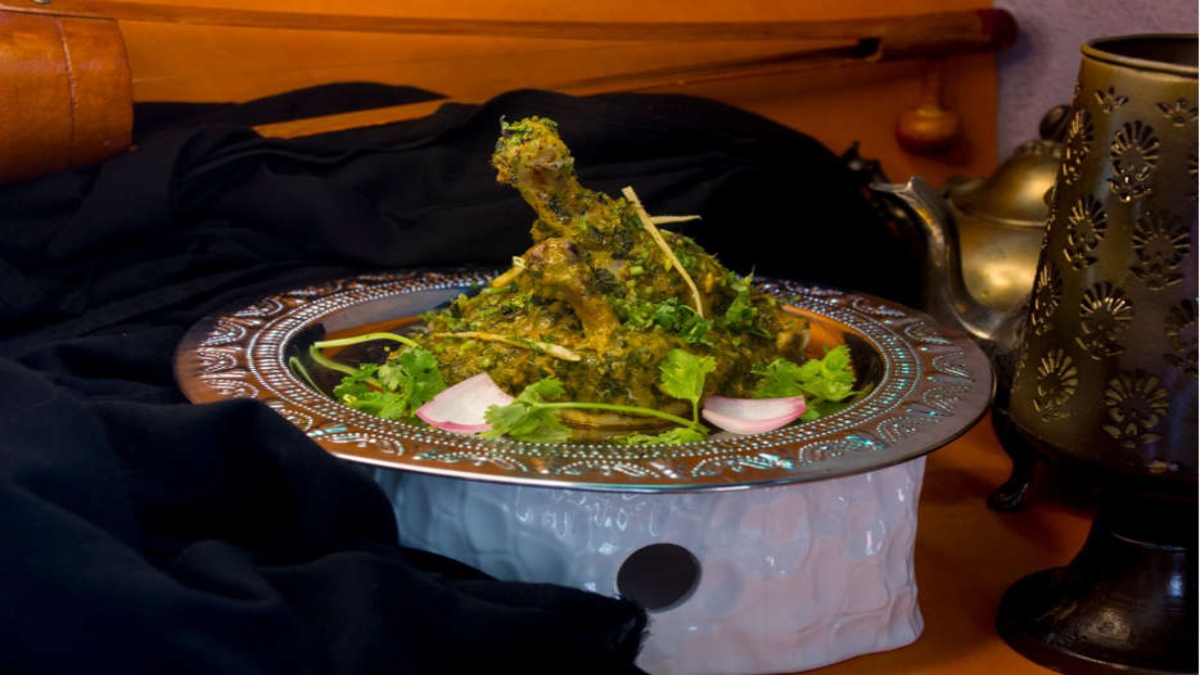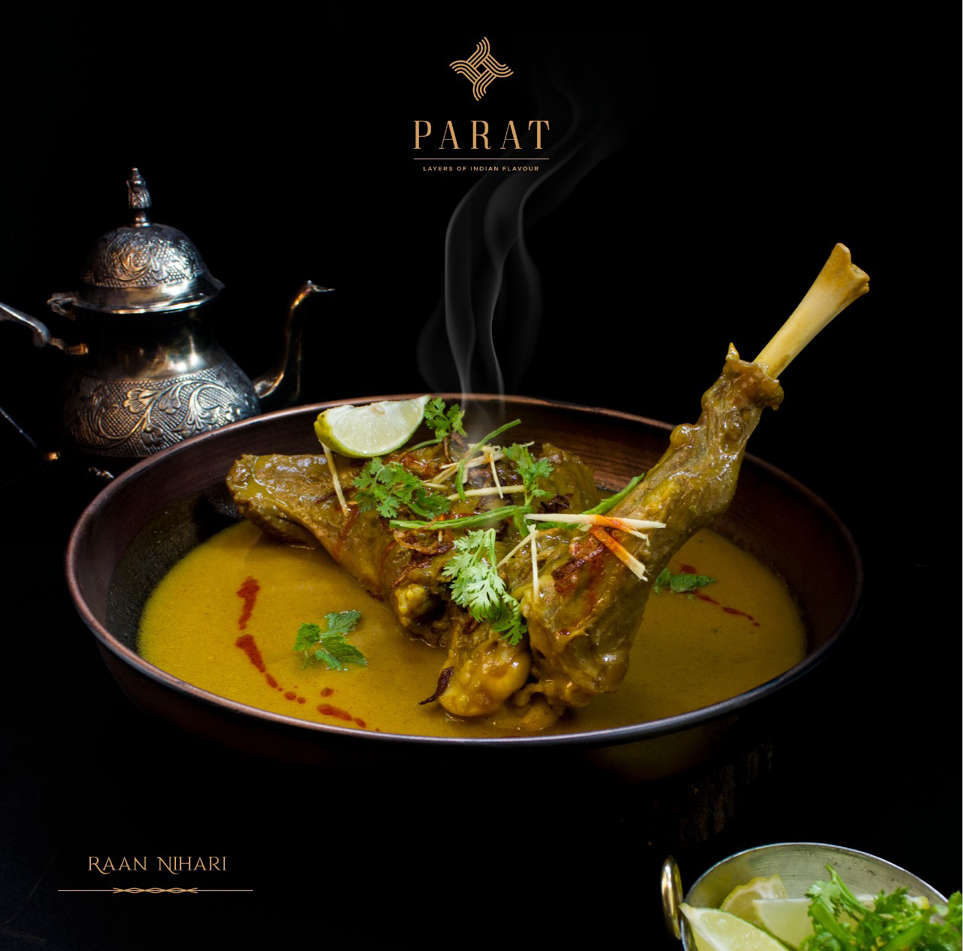


Historians believe that the years of misplaced hope and anarchy spawned by the French Revolution (1789-99) led to the birth and proliferation of the modern restaurant industry. As members of the nobility were guillotined, and feudalism given a violent burial, a whole lot of their chefs, many of whom were locally or nationally famous, found themselves jobless, so they opened the precursors of modern restaurants serving people living in the neighbourhood the kind of food and breads they could never make at home. The displaced chefs of the ancien regime became the new tastemakers in a society in the middle of a terrible flux.
The scale may not be the same, but the restaurant industry across India had its own French Revolution moment in the wake of the lockdown. With restaurants forced to shut down for an extended period, their owners were forced to impose wage cuts or, worse, push through layoffs. At least a quarter of the people employed by the industry migrated back home—and many of them even found jobs in and around their home towns, especially in home delivery-based businesses—but for those who stayed back, to quote one of them, Harangad Singh, “it was really frustrating to spend days sitting back at home, alternating between staring at a computer screen or just sleeping to while away our time.”
Harangad, who worked at the Taj hotels before finding his moment of glory at the Gurgaon restaurants Prankster and Pra Pra Prank, first spent his time mastering the art of food photography, but by June he decided enough was enough, and that it was time for him to get back to becoming a full-time chef. With restaurants struggling for survival even after re-opening (the industry was rudely awakened when its most successful player, Domino’s, reported that it had to shut down 100 stores in the July-September quarter), Harangad teamed up with another young chef, Ravi Tokas, to launch their own ‘cloud kitchen’.


A cloud kitchen is a restaurant kitchen that doesn’t cater to a dedicated restaurant; instead, it home delivers food to a clientele that orders in either online, or on the phone. The idea thrived during the lockdown season and now shows all signs of surviving beyond the crisis induced by the pandemic.
By liquidating their life’s savings, Harangad and Ravi raised personal loans worth Rs 18 lakh, the money they required to set up a ‘cloud kitchen’ named Parat in a 250 sq. ft. space with second-hand equipment at the rather down-at-heel Sushant Shopping Arcade in Sushant City-I, Gurgaon. Of the 250 sq ft, 200 were earmarked for the kitchen, which was clearly not big enough for the daunting menu of 50-55 items on the menu, and the six chefs and one storekeeper on board.
The crunched-up space resulted in anger levels rising as the temperature inside soared—for chefs used to privileged kitchens, working out of 200 sq. ft. was like being consigned to a Roman galley. “We spent more time arguing with each other than working,” Harangad recalls of those early days three months ago. He decided to shut down the operations for a couple of days and install a hood to suck up the hot air and cool the kitchen. This technological innovation had a dramatic effect on the ambient temperature and temper levels in the kitchen. And whenever they now require a cooler air break, the Parat staff slip into the public area of the cloud kitchen-cum-small restaurant next door—an emerging Bengali favourite named Jibhe Jol (Mouth Watering).
Parat has not looked back since those unsettling early days. Harangad and Ravi have paid back 40 per cent of the money they borrowed. “We are confident we will be debt-free by the coming April,” Harangad said to me in between explaining why a chicken weighing 850 grams is best for cooking (it doesn’t harden up when it is re-heated on the second day). His next stop is Manesar, which he says has a sizeable population of young professionals working from home—the demographic that is driving the burgeoning market of home delivered food.
Self-made success stories such as those of Harangad and Ravi are the antidotes we desperately need to dispel the gloom and doom that have followed the pandemic. The restaurant sector may be down on its knees, but it has enough of enterprising young people in its ranks to make sure it is not out.